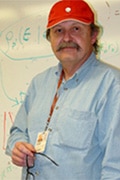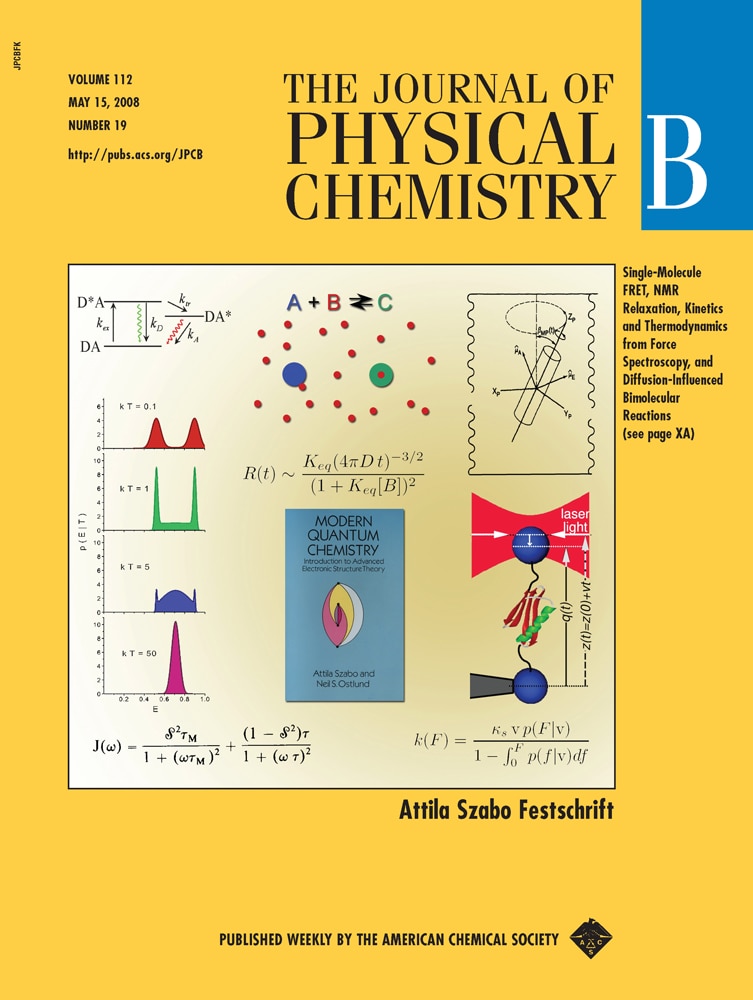Attila Szabo, Ph.D., NIH Distinguished Investigator, Scientist Emeritus

Professional Experience
- External Member of the Hungarian Academy of Science, 2013
- Member of the National Academy of Sciences, 2010
- Member of the American Academy of Arts & Sciences, 2009
- Fellow of the American Physical Society, 2007
- Fellow of the Biophysical Society, 2007
- Ph.D., Harvard University, 1973
- B.S., McGill University, 1968
Research Goal
The primary goal of our work is to develop the theoretical framework needed to understand the behavior of molecules at the single-molecule level. The idea is to extract quantitative information from raw experimental data (a photon trajectory or a force extension curve). This requires a complete understanding of all complex microscopic processes involved and the ability to describe them mathematically.
Our second goal is to work with leading experimental groups and show them how to correctly analyze and interpret their experiments. Our work helps them to obtain a detailed microscopic description of the specific biological processes under investigation. Our work is significant because it opens the way for single-molecule experiments that provide both qualitative and quantitative answers to questions that scientists cannot address using conventional ensemble experiments.
Current Research
Our research aims to bridge the gap between theory and experiment. We are developing the theories required to analyze and interpret both single-molecule optical (where the output is a sequence of photons with different colors) and mechanical (where the output is a force-extension curve) experiments. The goal of our work is to extract both kinetic and thermodynamic information. In addition, one of our long-term interests is to understand the role of diffusion in determining the rates of chemical reactions, including ligand binding and protein-protein association.
Applying our Research
New and powerful drugs are becoming more difficult to find. Therefore, scientists need to understand biological processes in an ever-increasing amount of detail. Our work focuses on the behavior of individual molecules as they carry out their function. As with most basic research, potential practical applications may not be immediately clear, but one thing is certain: all past discoveries have been intimately linked with deeper understanding.
Select Publications
- Transition paths in single-molecule force spectroscopy.
- Cossio P, Hummer G, Szabo A.
- J Chem Phys (2018 Mar 28) 148:123309. Abstract/Full Text
- Influence of diffusion on the kinetics of multisite phosphorylation.
- Gopich IV, Szabo A.
- Protein Sci (2016 Jan) 25:244-54. Abstract/Full Text
Research in Plain Language
Technology has advanced remarkably during the last decade. Scientists can see the light from a single molecule. In addition, they can mechanically manipulate (for example, pull apart) a single molecule. Such experiments produce two types of output. They produce a sequence of little flashes of light with different colors or bending of a tiny spring when force is exerted on a molecule. One must decode such raw data to provide new and important information about how molecules work. We can learn how molecules move, change their shape, and interact with each other and with drugs.
Research Images


